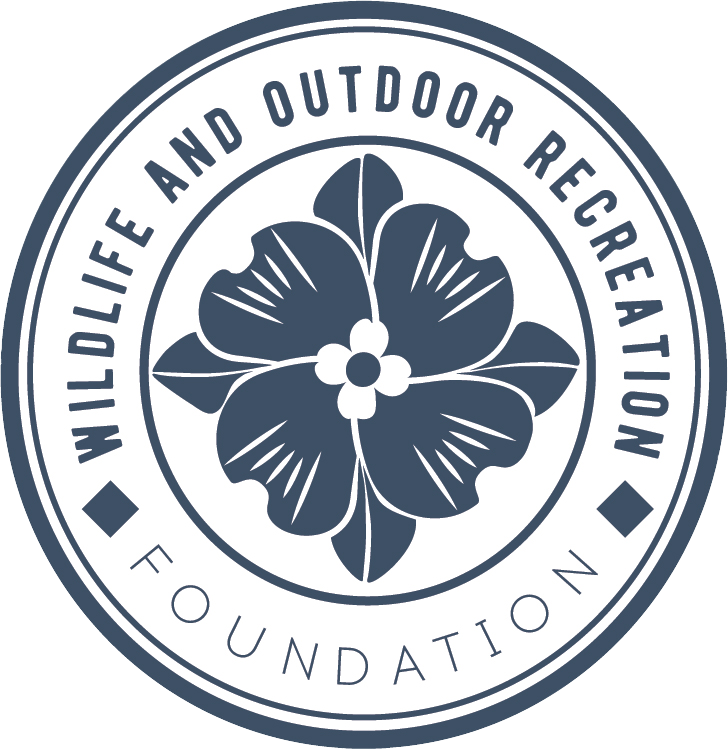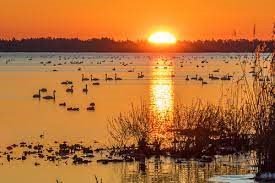Wetlands provide habitat for fish and wildlife including threatened and endangered species, improve water quality by filtering sediments and chemicals, reduce flooding, recharge groundwater, protect biological diversity, and provide opportunities for educational, scientific, and limited recreational activities.
Coastal Wetlands
Provide refuge for many various species.
In the mid-Atlantic coastal plain, these communities include vernal pools, cypress savanna, small depression ponds, beaver ponds, small depression pocosin, interdune ponds, clay‐based Carolina bays and limesink depressions. They are often mimicked by barrow sites along small dirt roads. These depressions may hold water for a significant portion of the year and most are important habitat for many rare or poorly understood reptiles and amphibians. A single small North Carolina vernal pool can contain several species of frogs. Across the landscape, these habitats are widely scattered but provide key breeding sites for amphibians. Small wetlands can also be important breeding habitat for crayfishes
These habitats occur along rivers or sounds in areas where flooding is influenced by lunar or wind tides. Fresh water input may heavily influence the salt content in coastal areas. Vegetation may range from Cypress‐Gum swamps, characterized by swamp black gum, water tupelo, and bald cypress, to freshwater marshes containing giant cordgrass, sawgrass, cattails, American threesquare, black needle rush, spike‐sedges, southern wildrice, arrowhead, and marsh fern. Regularly flooded herbaceous sites are reported to have high productivity, equivalent to salt marshes
Diamondback Terrapin
Terrapin hatchlings can overwinter in the nest, showing that wetland habitat is critical.



